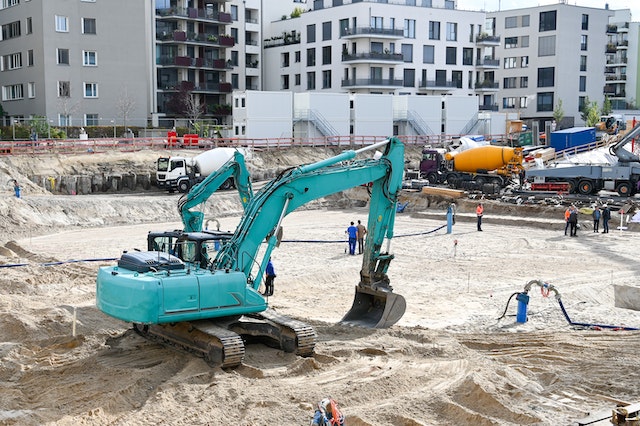With a push for safe and damage-free digging, many contractors are turning to hydro excavation. The process uses pressurized water to create a dirt slurry, which is then vacuumed into debris tanks for dumping.
This non-destructive method is safer and faster than traditional digging equipment. Plus, it requires less manpower.
Safety
In addition to being safer for personnel, the hydro excavation method is less invasive. Using a vacuum hose, the dirt is pulled directly into a debris tank for storage instead of leaving piles of dirt around the work area that would need to be removed and disposed of later on.
Unlike manual digging, the process also eliminates the need for a restoration team to fix any severe damage caused by the dig. This reduces the cost of labor and materials and also means your project can be completed much sooner.
Before starting any construction project, calling 811 to have all buried utilities located is essential. This will help prevent any damage to underground pipes, which can cause costly interruptions in service for many people. This is where the hydro excavation vacuum can be beneficial. It allows for safe digging around existing utilities without causing any damage to the lines themselves. The technique can be used for various tasks, including exposing utilities, remote digging, piling hole excavation, slot trenching, and potholing.
Efficiency
Using equipment like diggers to dig holes can be extremely time-consuming and labor-intensive. Also, any damage to buried pipes or cables can result in costly repairs and project delays. Luckily, these issues can be avoided entirely with hydro excavation.
By utilizing the powerful vacuum of a hydro-vac truck, crews can dig holes faster and more precisely. They can even dig pilings to specific diameters and depths. This helps reduce costs by allowing construction projects to be completed on schedule and budget.
Additionally, hydro excavation is far less destructive to existing infrastructure. Avoiding any damage to buried pipes or cables eliminates the risk of costly project interruptions. This allows projects to proceed on schedule and ensures the project succeeds.
Precision
Unlike traditional mechanical excavators that use claws or shovels, hydro excavation vacuum trucks do not damage underground infrastructure. Instead, the soil and debris are sucked into a debris tank, which is transported away for later disposal.
In addition, the streamlined process makes it easier to meet deadlines. This is important when working near existing utilities because any damage to buried lines could cause significant disruptions and expensive repairs.
Environmentally Friendly
Unlike traditional excavation, where metal apparatuses can accidentally damage underground pipes or cables, hydro excavation vacuums away the dirt, leaving no exposed infrastructure. This reduces the need for costly repairs and restoration efforts, which can help lower project costs.
Using pressurized water and industrial-grade vacuums, this excavation technique can safely dig around underground pipes and cables and even remove tree roots without damaging them. The process also allows for easier backfilling, as less soil can be removed than other excavation methods.
Hydro excavation vacuum also reduces environmental contamination by avoiding metal apparatuses. Additionally, this method requires fewer vehicles and equipment on-site than traditional excavation. This can allow work to be performed in busy areas with minimal disruption to traffic, pedestrians, and day-to-day activities.




